Last week, I wrote about “big ideas” in stories and how students can discover these ideas through a discussion of evidence. Another way for students to build upon ideas is by interacting with others through blogging. By practicing the skills of critical thinking, elementary (and older) students can explore questions, collaborate in groups, and give or receive feedback.
The practice of blogging with elementary students might require a bit of scaffolding. Assess students’ prior knowledge via a class discussion, or introduce the concept of blogging with the following “paper blog” activity.
While reading a book or story aloud, have students write down questions to share in a small group discussion. The discussion will foster the exchange of ideas and interpretations.
After the small group discussion, devise a focus question for an in-depth “blog discussion” and subsequent written response. Students answer the question using evidence from the text, their own understandings, and the interpretations of others. Students can answer the question directly or extend another student’s response by adding supporting details. By answering the blog question, students create meaning from the text, support interpretations with evidence from the text, and consider other viewpoints.
After the blog discussion session, students practice “commenting” about each other’s responses with sticky notes.
Discuss student examples of “quality blog posts” via their sticky notes. This is also a good time to introduce what is appropriate to post on an actual blog.
If you’re interested in starting a blog with students, KidBlog.org provides a user-friendly platform to create a class blog, manage user accounts, and control posting/viewing settings.
Exploring Big Ideas Through Blogging
Why Evidence is Important
Good stories keep us thinking. They encourage metacognition and enable children to think critically about the "big ideas" within the details. One way for children to discover these “big ideas” is through a discussion of evidence.
Read More...Did you like this article? Share it.
The Courageous Lion, Created by Leah, Age 6, Grade 1, Art Teacher: Silvia Huggler
Read More...Did you like this article? Share it.
A Large and Most Authentically Built Tall Ship
“Twenty years ago, a small group dreamed of reconstructing an exact replica of General Lafayette’s 18th-century ship called the Hermione. Today, the majestic vessel is the largest and most authentically built Tall Ship in the last 150 years.”
(hermione2015.com)
Did you like this article? Share it.
Misty Copeland: Spinning Wishes
Firebird: Ballerina Misty Copeland Shows a Young Girl How to Dance Like the Firebird
Read More...Did you like this article? Share it.
While nurturing children's rapidly developing skills, it can be difficult to align their love and excitement for learning new things with academic tasks. This summer, let your children take the lead. Listen to what they want. Allow them to create, discover, and learn through play. A considerable amount of research supports the importance of play, and it is a wonderful way to encourage creativity and a love of learning. Play is thinking, exploring, and imagining. Children who are playing are working hard – in their minds!
Read More...Did you like this article? Share it.
Name Your Rose
Amadeus Mozart is an award-winning, bright red, climbing hybrid tea rose. The healthy, large, yellow flowers of the Charles Darwin rose appear throughout the summer and autumn with a lovely scent of citrus and tea. Anna Pavlova is a fragrant rose with pointy petals and straight sides. The rose is considered the “Queen of Flowers” and comes in a variety of colors, scents, shapes and has a multitude of uses. These distinct qualities make it the perfect flower for attribute-based writing activities. For example, a child interested in history might research a historical figure’s life, then describe the attributes that person’s rose would include. The same could be done for other well-known people (artists, authors, athletes, musicians, scientists), people the child knows (family members, friends, teachers), or places (national parks, monuments, cities). Another idea is to have a child name a rose after herself, and describe its attributes.
What attributes would a rose named after you have? (The “Debra” would NOT have a “delightful arching” quality. I am not the most limber person!)
Did you like this article? Share it.
The Tale of Rose and Rain
Rain, Reign is about Rose, a fifth grade student with an “official diagnosis” of high-functioning autism. Her love of homonyms, words, prime numbers, and rules defines her, but she is also clever, kind, courageous, and resilient. Through Rose’s story and her rule-following actions, readers learn a great deal about what matters in life.
Rain Reign won the American Library Association's 2015 Schneider Family Book Award for middle school readers (ages 11-13). The award honors an author or illustrator “for a book that embodies an artistic expression of the disability experience for child and adolescent audiences."
“Hearts will break and spirits will soar for this powerful story, brilliantly told from Rose’s point of view.”
Discussion Questions:
1. What are the main conflicts in the story?
2. What is Rose’s greatest challenge?
3. How would you describe Rose’s personality? Use situations from the book to explain your answer.
4. Should Rose’s dad have taken Rain?
5. How does Rose help Rain? How does Rain help Rose?
6. Describe Ann Martin’s writing style. How does it affect the story?
7. How does the setting of the story add to the plot?
8. What was your reaction to the book? Would you recommend it?
9. What happens to Rose after the book ends?
10. What did you learn from Rose that you could apply to your life? Read More...
Did you like this article? Share it.

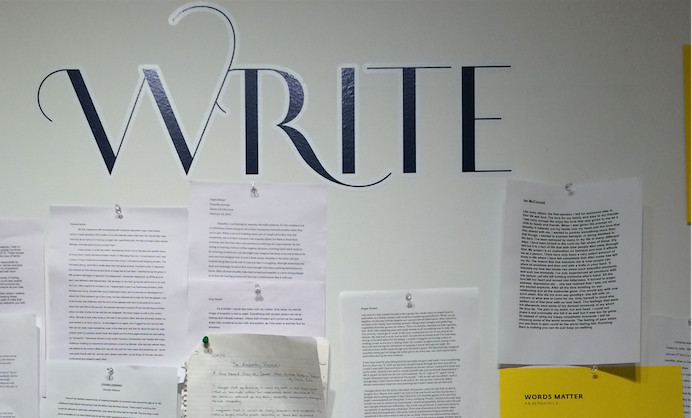
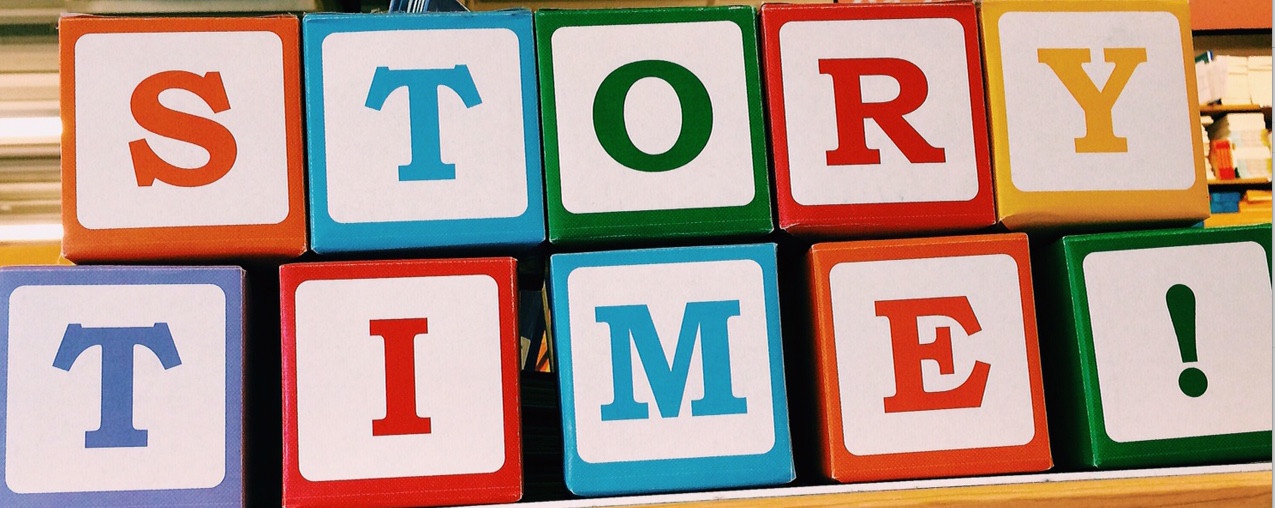
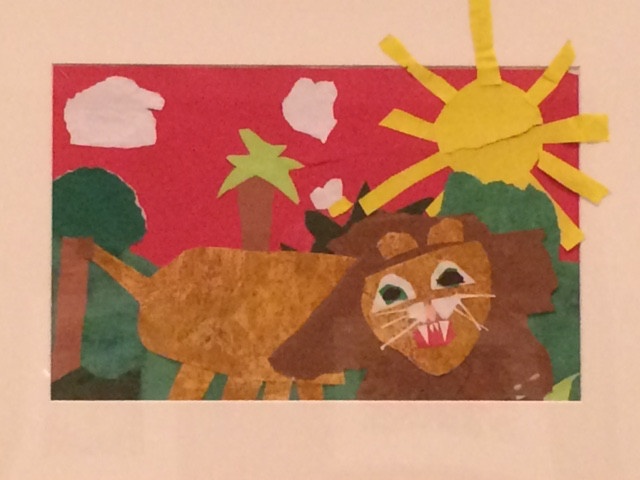
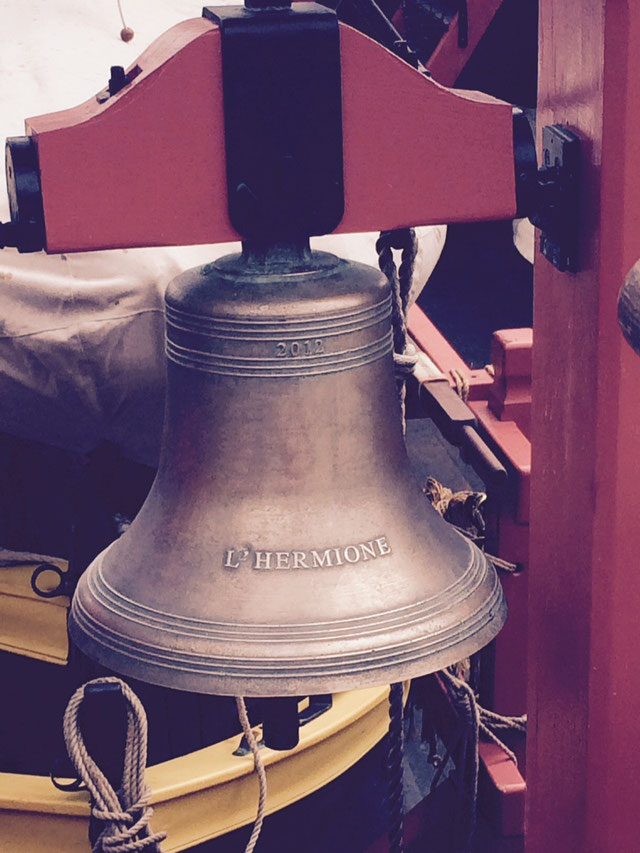
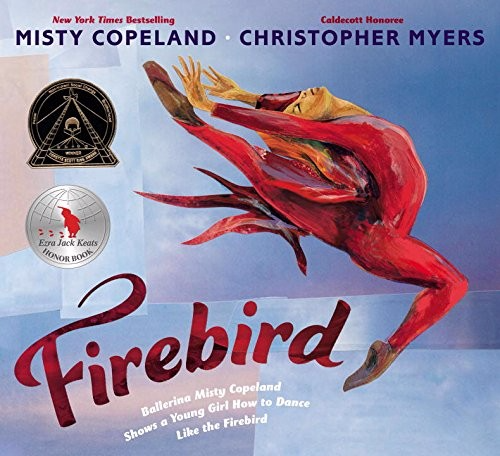
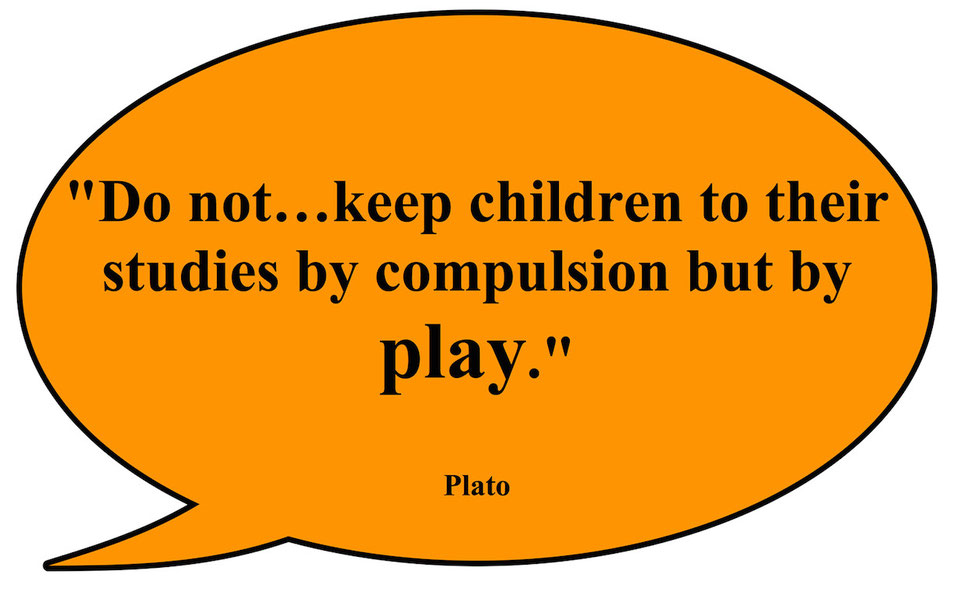
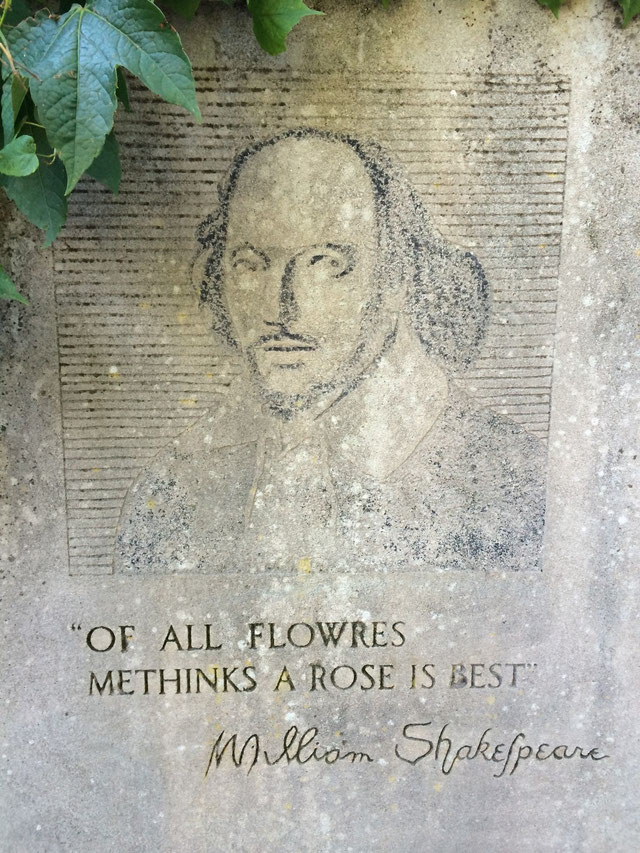
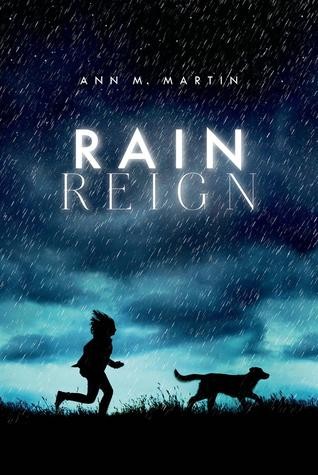
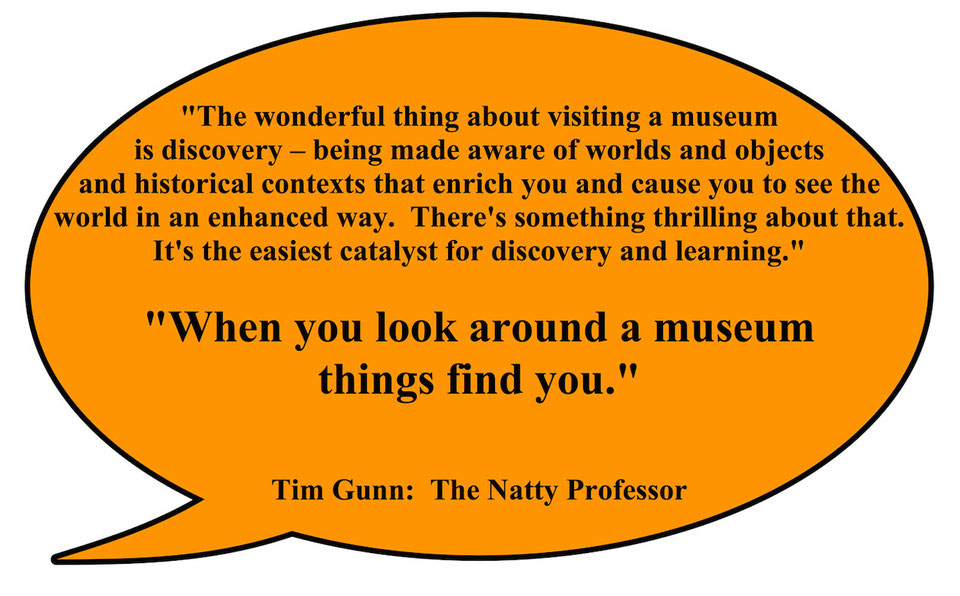
.png?width=107&name=image%20(1).png)
.png?width=59&name=image%20(2).png)
.png?width=59&name=image%20(3).png)